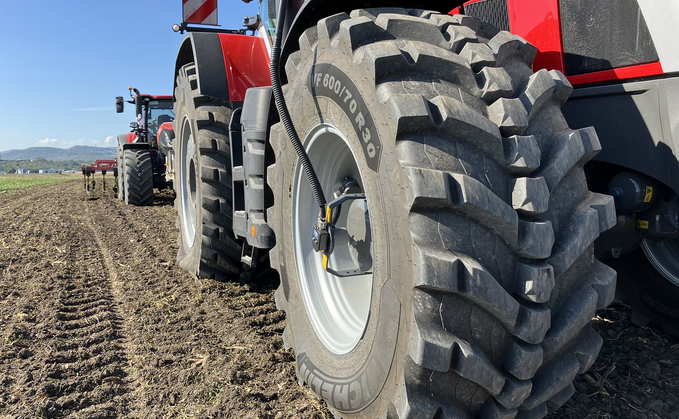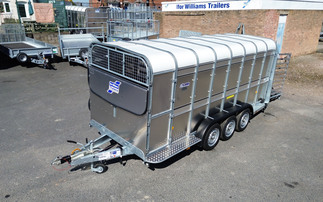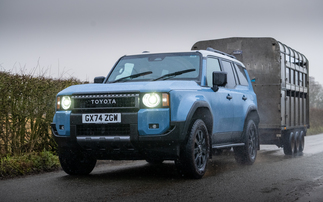
The Evobib tread pattern has been designed to suit both the road and field.
Michelin has unveiled plans to extend its range of Evobib tyres, starting this October. Currently, the brand's flagship dual-purpose tractor tyre comes in two sizes of VF 710/70 R42 and VF 600/70 R30,...







.png)







